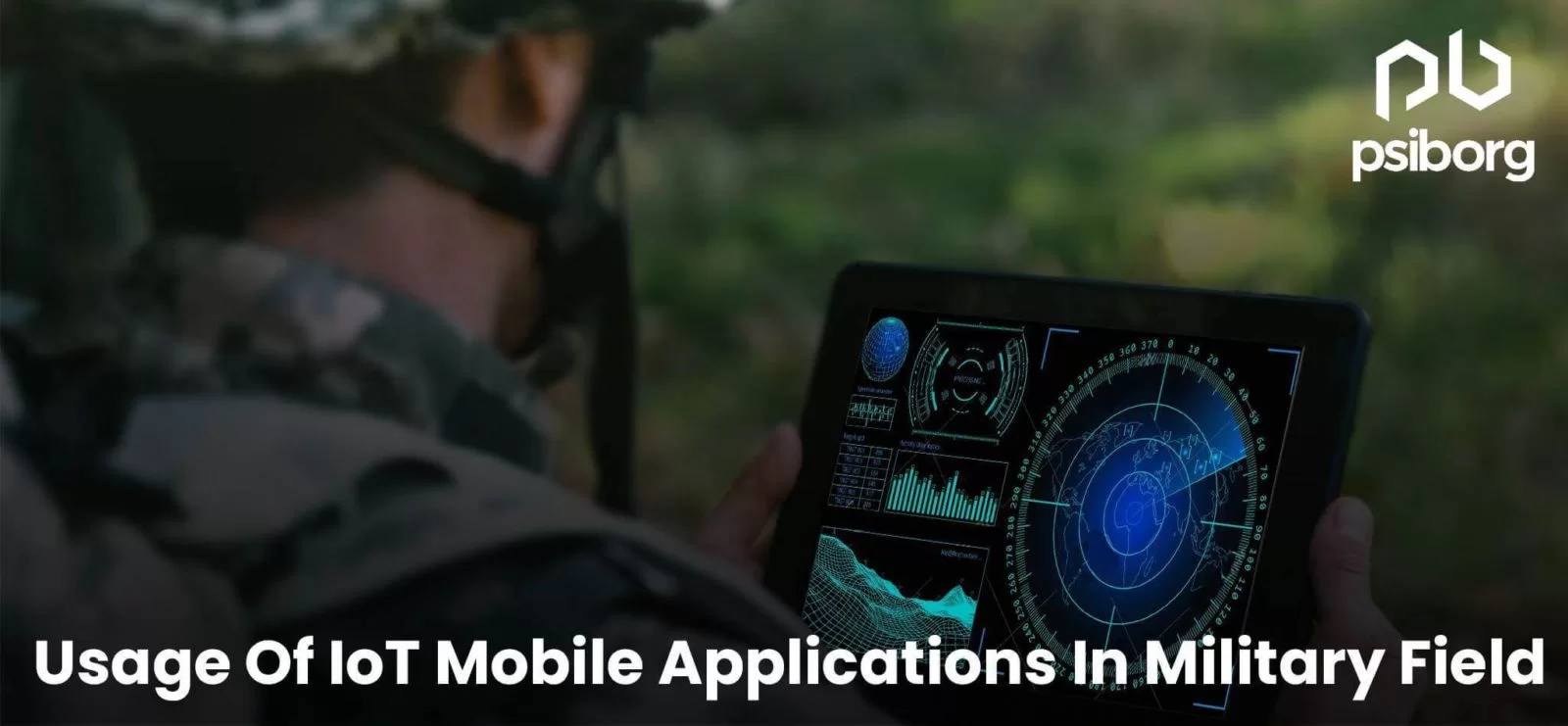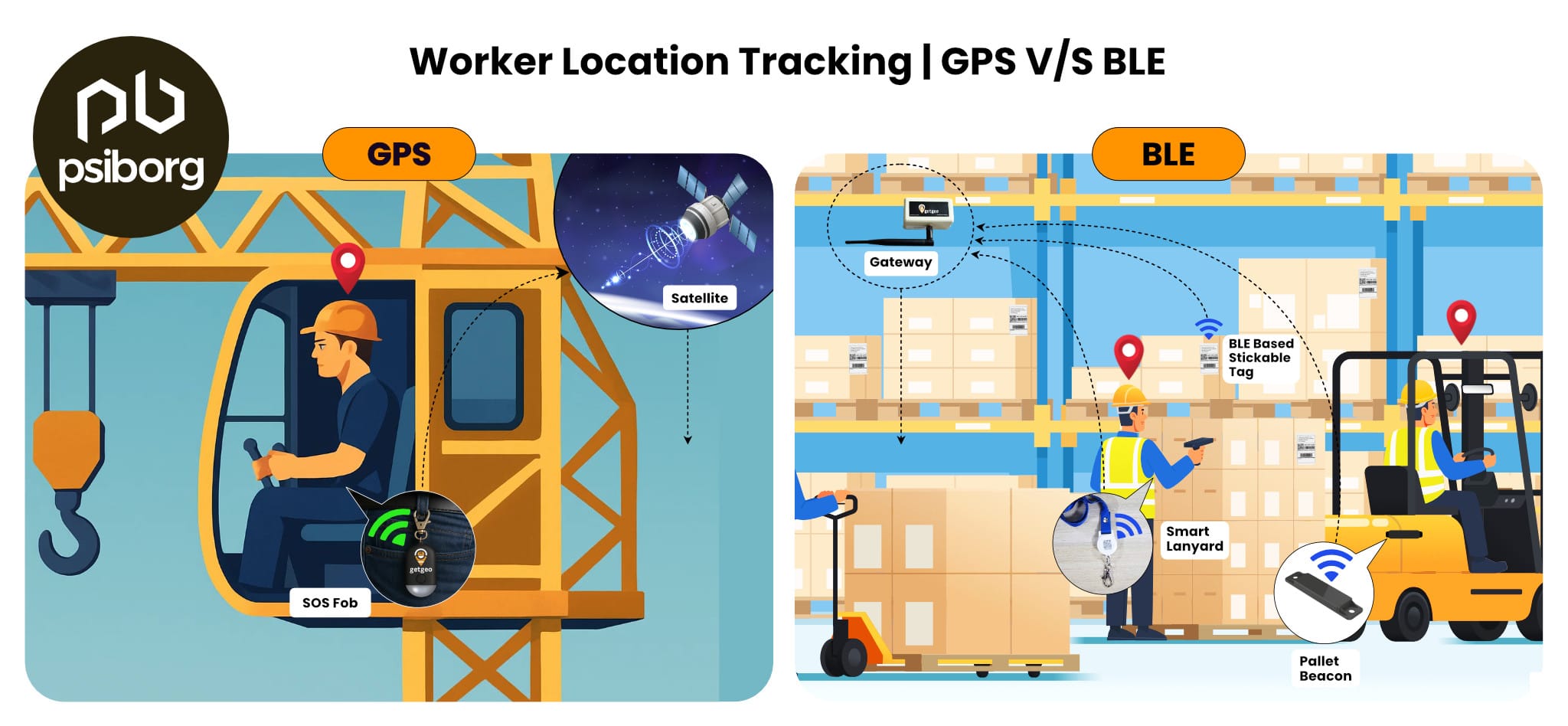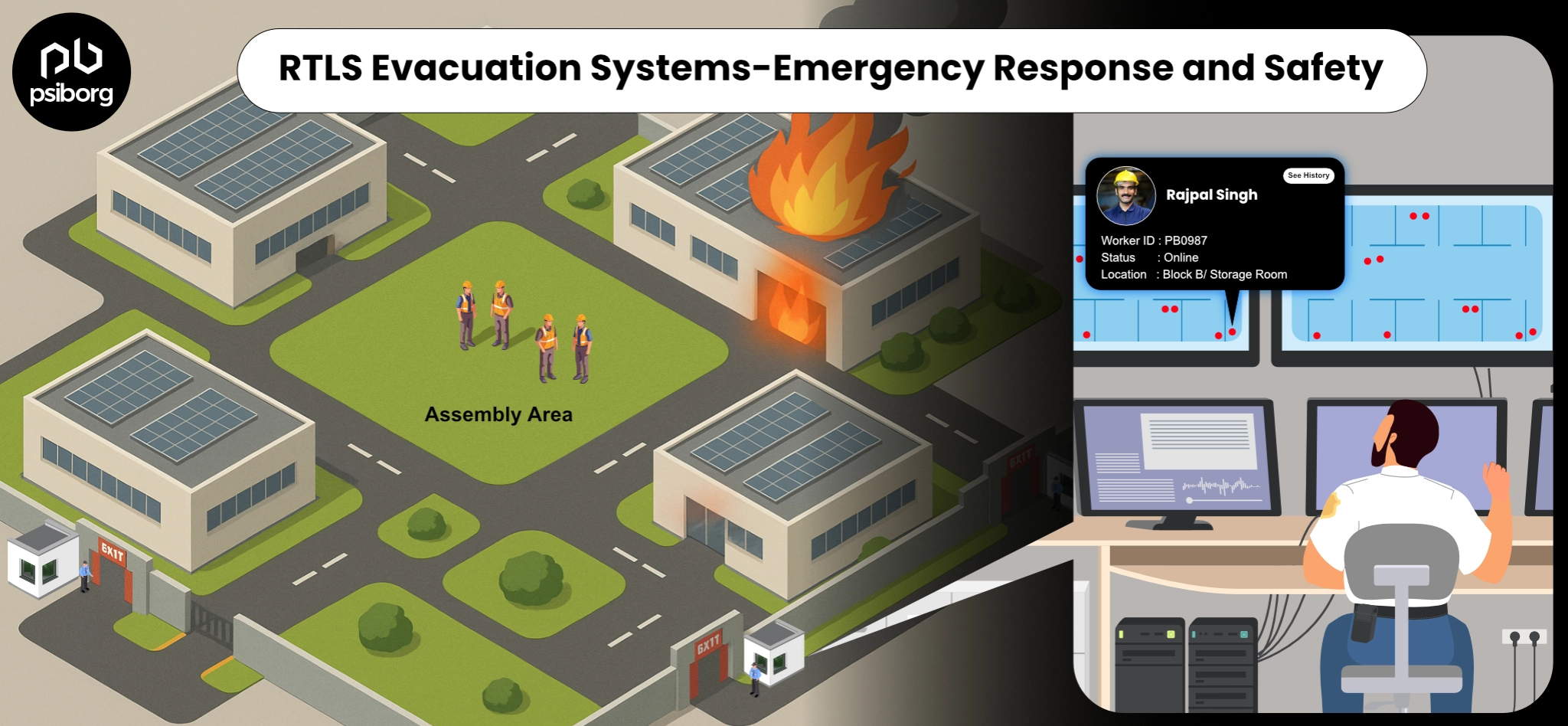WHAT IS THE ‘INTERNET OF THINGS’ (IOT)?
IoT in simple words has made normal devices digitally intelligent that were otherwise dumb. Devices and systems are now connected through the internet and can interact with each other and the users. IoT is a vast network of devices connected with sensors that include things from smartwatches and smartphones to air conditioning units and smart cars. It allows users to achieve automation, analysis, and integration, users can have better reach over areas and more control over them. One of the most important IoT-based mobile applications is the usage of IoT mobile application in military
Technology has always helped power the military in the past years. Now, mobile apps of IoT in military are aiding soldiers in the overall analysis of strategies for war situations. IoT in defence and military also has strong applications in connecting ships, planes, tanks, drones, and soldiers to their military bases and in creating a network for risk assessment.
HOW IS IOT MOBILE APPLICATION IN THE MILITARY IS IMPACTING THE DEFENCE SECTOR?
PROVIDE AWARENESS ON THE BATTLEFIELD
Surveying the battlefield in advance can help officers in taking apt decisions at the right time. This can be achieved by integrating IoT in military and combining unmanned aerial vehicles with IoT sensors that can sense and provide information in real time to the command centers. This data can then be analyzed and assessed to make informed decisions. IoT mobile application in military are essential to keep an eye remotely on the battlefield.
MAINTENANCE OF BATTLEFIELD EQUIPMENTS
Regular maintenance of military vehicles is extremely important but sometimes sudden part failure can cause to be fatal on the battleground. Hence, IoT predictive maintenance, which has sensors on board can be of massive help. Here, the sensors equipped are constantly monitoring the health of the engine and other vehicle parts, so that when there is any fluctuation, the maintenance staff is alerted immediately.
MONITOR SOLDIERS’ PHYSICAL AND MENTAL HEALTH
Knowing the health status of a soldier at all times is important, this is where IoT in military can be helpful. For this, Various sensors are attached to the soldiers’ clothes to sense and track their physical health ( heart rate, body temperature, thermal distribution, etc). Sensors are also present to know their behavioural attributes like body dynamic patterns, speech patterns, etc. These data are collected and sent to doctors in real-time and based on this information surgeons and equipment can be arranged.
Also Read: Soldier Health and Position Tracking System
IOT-BASED REAL-TIME FLEET MANAGEMENT
Adopting IoT to track fleets and monitor engine status is quite efficient. Vehicles embedded with sensors can provide real-time GPS tracking, show speed, engine status, total engine hours, fuel efficiency, etc. This is an important aspect of IoT in military and the mobile app of IoT in military.
EFFICIENT INVENTORY MANAGEMENT
RFID trackers can help with real-time visibility of military gadgets in inventory like guns, tanks, cartridges, etc. These weapons are transported with a great deal of security and managing them manually can be complex and less efficient. RFID trackers attached can send alerts to the mobile device when the item is shipped, transferred, deployed, or consumed.
Also Read: IoT in Inventory Management
IDENTIFYING THE ENEMY
Today, in asymmetric warfare it isn’t easy to identify the enemy as they can appear as civilians or access military bases with stolen badges. IoT sensors can scan irises, fingerprints, and other biometric data to identify individuals who can pose a threat.

APPLICATION OF IOT IN MILITARY OPERATIONS IN A SMART CITY
An important aspect of military operations both during wartime and peacetime is proper situational awareness. In a smart city environment, there is a significant deployment of IoT sensors that is capable of revolutionizing situational awareness. With the military also being equipped with IoT technology, when a medium-sized smart city is struck by an attack, the military can easily provide relief. As the city is already equipped with sensors from the traffic monitoring system, the traffic lights have cameras to monitor the traffic flow, information from these cameras and sensors can be used during emergency situations. Also, the national troops bring their own IoT sensors and devices for communication.
THE PAST, PRESENT, AND FUTURE OF THE IOT IN THE MILITARY
Information has always been an important aspect of the military. Military officers have lived and died for it. Technology with itself brings the ability to improve communication, routing, and processing of information, hence providing them with more and more sensor data. IoT is one such technology.
It all started when the US military during the Cold War made use of a wireless sensor network in IoT technologies to detect Soviet submarines called the “Sound Surveillance System” (SOSUS), which was a network of underwater acoustic sensors placed all throughout the Atlantic and Pacific oceans to act as underwater listening devices. Much of the sensors and networks that were developed by the US Department of Defence (DoD) during this time led to the foundation for modern IoT systems and Internet of Military Things.
Then in the 1980s, the Defence Advanced Projects Agency (DARPA) formally partnered with researchers from MIT and CMU to further develop distributed wireless networks. From here, research in this domain started to spread throughout the civilian community as well.
The military is slowly but steadily incorporating more and more IoT technologies such as M2M communications, also commonly known as RFID. IoT technology provides cost efficiency and warfighter effectiveness by providing the military with quick and easy information.
GROWTH OF IOT IN THE MILITARY
The demand for the Internet of Military Things/ Internet of Battlefield Things has largely increased in recent times. In fact, the total global market of IoT Technology in defence and soldier health monitoring systems is expected to grow from USD 29.74 Billion in 2020 to around USD 48.41 billion in 2028 with a CAGR of 6.28%.
Sensors are going to be integrated into things like combat suits, helmets, and weapons to keep a better track of the health and position of soldiers on the battlefield. With that, the IoT in the defence field is even looking to grow in the fields of AI and ML and incorporate them with sensors and IoT technologies.
IoT devices communicate on Z-Wave, ZigBee, LoraWan, NBIoT, LTE- CATm1, Sub- 1GHz, or other LPWAN. to connect. Want to know more about IoT mobile app development, then head over to our website, PsiBorg. Do contact us for all your IoT needs. Our experienced engineers have helped many businesses with the best IoT solutions for their IoT needs.
FAQ
IoT is utilized in military fields to improve situational awareness, communication, and operational efficiency. IoT also contributes to logistics optimization, predictive maintenance, and improved cybersecurity measures, strengthening the overall effectiveness of military operations.
A few examples of the Internet of Military Things (IoMT) are smart wearables for soldiers that provide real-time health and location data. Plus networked military vehicles with sensors for enhanced communication and situational awareness.
As IoT expands in the military, it will further integrate autonomous systems to make predictive decisions and enhance security measures to ensure seamless and secure operation of interconnected devices in complex environments. As IoT technologies evolve, military capabilities will continue to be redefined and optimized.





